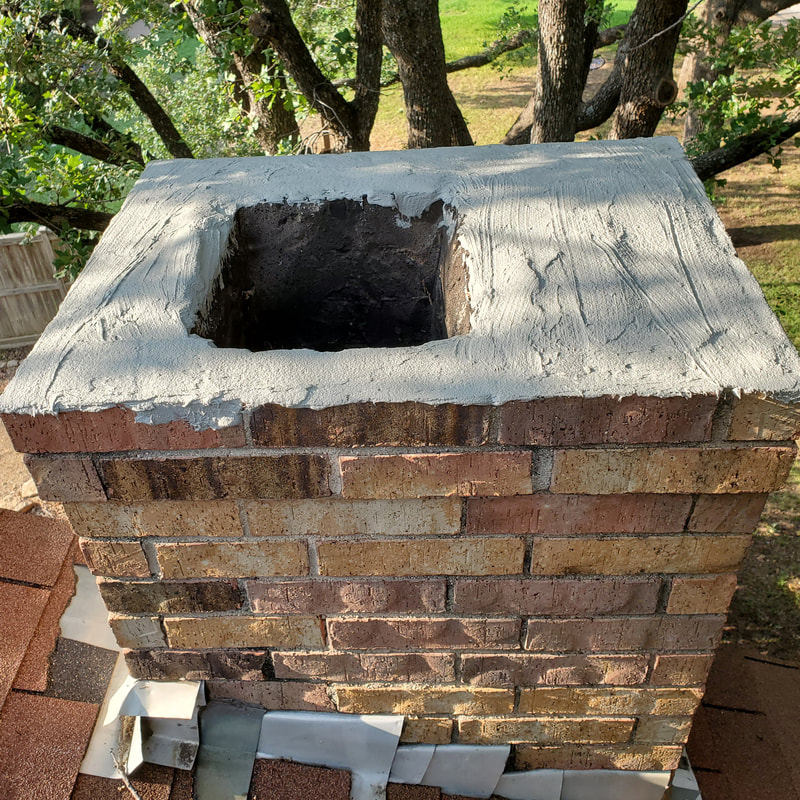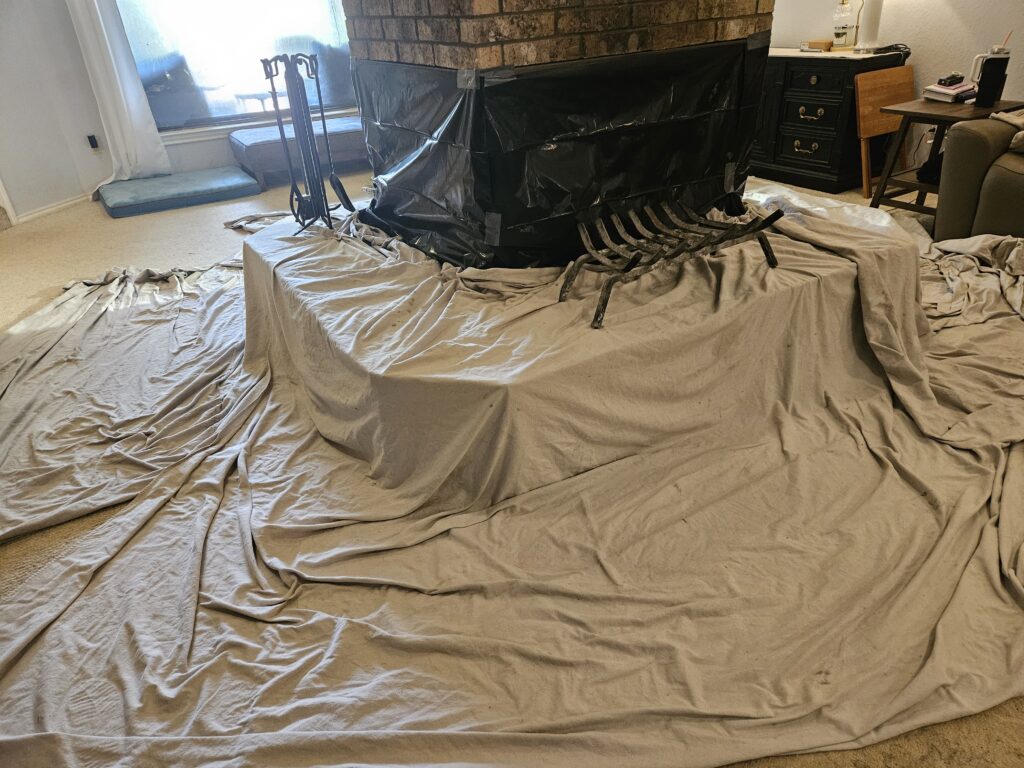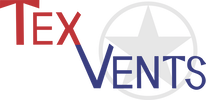According to the Chimney Safety Institute of America (CSIA), chimneys should be professionally inspected and cleaned at least once a year. In some cases, like frequent fireplace use or visible soot or creosote buildup, a second cleaning may be recommended (The Spruce). At TexVents, we help Texas homeowners stay ahead of fire hazards with reliable, thorough chimney cleanings designed to keep your home safe and your system running efficiently.
Why Fireplace Safety and Cleaning Your Chimney Matters
Beyond aesthetics, neglecting chimney cleaning can lead to dangerous conditions. One of the most common issues is soot buildup – a dry, black powdery substance made mostly of carbon. Soot is produced during normal, complete combustion and typically contains some unburned solids, which are potential fuel sources. While far less concentrated than creosote, excessive soot will obstruct airflow, affect fireplace performance, and pose a fire risk.
Creosote, by contrast, is a sticky, tar-like substance formed during incomplete combustion: especially when burning unseasoned or resinous wood. It is highly flammable and significantly more hazardous than soot. At TexVents, we specialize in cleaning sooty fireplaces and address creosote-related concerns on an individual basis, depending on buildup severity.
What Causes a Dirty Chimney?
Soot forms as a natural byproduct of clean-burning fires using seasoned wood and proper draft conditions. However, creosote builds up when combustion is inefficient—such as when burning green or softwood, or when poor airflow and low flue temperatures are present. Even gas appliances or pellet stoves can contribute to residue buildup. Rain, animal activity, and environmental debris can also compromise chimney cleanliness and function.
Six Signs It’s Time to Clean Your Chimney
1. Visible soot buildup greater than 1/8 inch
Soot accumulates along the flue walls, firebox, and damper. When it exceeds 1/8 inch, it can begin to hinder airflow and increase the risk of fireplace inefficiency or fire hazard. Creosote, if present, adds even more danger and must be addressed professionally.
2. A strong smoky odor inside your home
That campfire-like smell indoors often signals soot mixed with moisture or poor ventilation. It may worsen during humid weather or long periods of disuse. Odors can also indicate a draft issue that chimney cleaning may resolve.
3. Difficulty lighting or sustaining a fire
If your fires struggle to ignite or if they die quickly, restricted airflow from soot or other obstructions may be the cause. Cleaning clears blockages and restores proper oxygen flow for safe, effective use.
4. Smoke spilling back into the room
Backdrafting, or backpuffing, is a clear safety concern. Instead of smoke and carbon monoxide rising and venting through the flue, it enters your living area – exposing you to smoke inhalation or carbon monoxide. A thorough sweep can often fix this immediately.
5. Hearing animal noises or seeing bird nests in the chimney
Chimneys are inviting shelters for birds, squirrels, or raccoons. Nests and nesting debris obstruct airflow and can ignite.Every chimney must have a proper cap (to keep critters out, etc.) That’s why TexVents performs a full, top to bottom inspection on your entire system.
6. Visible damage to mortar, flue liners, or masonry
Cracked brickwork, deteriorated mortar, or missing pieces signal long-term wear. These can allow gases or embers to escape into your home. These issues often accompany excessive soot buildup and indicate the need for cleaning and structural repair.

When’s the Best Time to Clean Your Chimney?
The ideal time to schedule chimney cleaning is late spring or summer, after fireplace season ends. Off-season cleaning helps you avoid scheduling delays and gives time to address repairs before colder weather returns.
Why You Should Hire a Professional
Chimney cleaning requires skill, experience, and safety tools most homeowners don’t have. At TexVents we:
- Remove soot, debris, and blockages safely
- Inspect flues, dampers, masonry, and the chimney chase and cap for wear and proper operation. We also examine the firebox for cracks or deterioration. The chimney chase is the protective housing around a chimney, and its cap prevents water, debris, and animals from entering the flue.
- Identify soot and creosote buildup and recommend appropriate action
- Provide friendly, transparent service with no surprises
At TexVents, we take every precaution to protect your home during service. From setting down protective drop cloths to using precision equipment that keeps soot and debris contained, our technicians approach each job with care and respect. The setup process itself is designed to minimize disruption and ensure your living space stays clean throughout the cleaning.

Trust TexVents for the Best Chimney Care
If you’re in Burleson or anywhere across Johnson County or the Fort Worth area, trust TexVents for professional chimney sweep cleaning services and repairs. Schedule your annual inspection and cleaning today and rest easy knowing your fireplace is safe and ready for next winter.

